
A new study presents how the isoquinoline core (IQ) could be used to better detect mercury ions in the environment and help safeguard human health.

A new study presents how the isoquinoline core (IQ) could be used to better detect mercury ions in the environment and help safeguard human health.

In this paper, a one-time digestion method for the determination of arsenic (As), antimony (Sb), selenium (Se), and mercury (Hg) in geological samples was established.

A complex fluorescence method utilizing the Sn(II)-salicylfluorescein (SAF)-cetyltrimethylammonium bromide (CTMAB) system demonstrated effective detection of Sn(II) with a linear relationship between its concentration and fluorescence intensity, along with successful application in various sample matrices with high recovery rates.

In this peer-reviewed article, the research team presents a kinetic fluorescence method suitable for the determination of trace Ni(II) in water samples.

A research study out of China explores the use of a new fluorescent sensor for better detection of mesotrione, an herbicide used to control the growth of weeds.
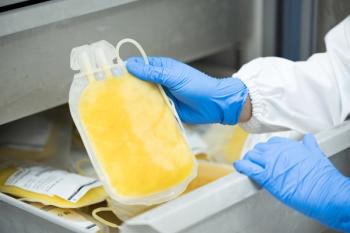
In a new study, scientists have created a fluorescence chemo sensor to selectively determine histamine in human plasma samples.

At the Eastern Analytical Symposium (EAS) in Plainsboro, New Jersey, Spectroscopy sat down with Robert Kennedy to discuss his research and career in analytical chemistry.

Scientists from the Amirkabir University of Technology in Tehran, Iran, used laser-induced fluorescence (LIF) spectroscopy to analyze opium and hashish, in order to achieve a novel method of drug analysis.
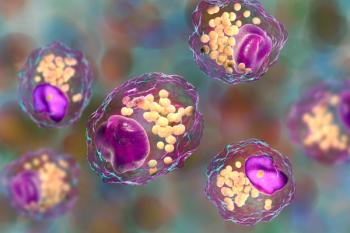
Scientists from the University of Jinan developed a new fluorescent probe to better understand the relationship between certain lipids.

In a recent study, a new fluorescent sensor was used to determine tetracycline in milk.

A recent study presents a novel fluorescent probe that can detect sulfite residues effectively.

Researchers used a multi-faceted approach that combined UV-visible, fluorescence, and circular dichronism spectroscopy to study the interaction between a newly synthesized 2-phenylquinoline-polyamine conjugate (QPC) and bovine serum albumin (BSA).
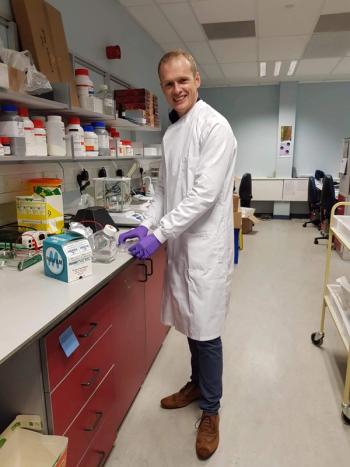
Mathew Horrocks, the 2023 recipient of The Joseph Black Prize, shares his thoughts about his current work developing and using single-molecule and super-resolution microscopy techniques to study amyloid oligomers and their commonality regarding a variety of neurodegenerative disorders.

A research team has designed and synthesized two fluorescent sensors, CAA and CAB, for fluorescence detection of copper ion (Cu2+) and formaldehyde.

A new study introduces a filter fluorometer calibration method that eliminates the need for the fluorometer itself.

Scientists have developed a novel method for detecting toxic mixed red tide algae in the Qinhuangdao sea area using three-dimensional fluorescence spectroscopy and chemometrics.

A research team has developed a nondestructive method to assess the healing ability of plant tissues by analyzing the fluorescence properties of wounds on soybean seedlings.
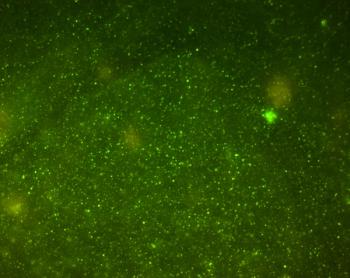
A theoretical study explores the excited state behavior of triazole pyrimidine group fluorophores, revealing insights into their fluorescence mechanisms and the absence of excited state intramolecular proton transfer (ESIPT). The findings contribute to the understanding and potential applications of these fluorophores in various scientific disciplines.
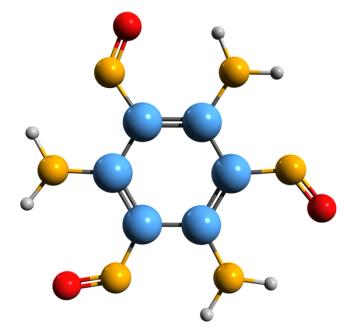
A newly developed 3D ZnII-based coordination polymer demonstrates exceptional sensitivity in fluorescently detecting nitroaromatic compounds. This research offers potential applications in the field of chemical sensing and provides insights into the interactions between coordination polymers and target molecules.

Scientists have developed amphiphilic perylene diimide-based fluorescent hemispherical aggregates that serve as effective probes for metal ions, selectively binding to Fe3+ and Ba2+ ions.

Scientists create a highly selective fluorescent probe, ICM-Hg, for real-time detection of mercury ions (Hg2+) in water, food samples, and live cells.

A new fluorescent probe designed and synthesized by researchers can effectively and selectively detect Al3+ ions through the coexistence of photo-induced electron transfer (PET) and twisted intramolecular charge transfer (TICT) mechanisms.

This interview with Young Jong Lee highlights the work he and his team have done to reinvent solvent absorption compensation (SAC), and the potential it has across multiple forms of spectroscopy.

Our annual review of new products for atomic and molecular spectroscopy, including details by category and highlights of overarching trends.

A new method based on singular value decomposition (SVD) applied to the denoising of the time-resolved spectral matrix (TRSM) made it possible to obtain kinetics data of the fluorescence band parameters of a 3-aminophthalimide spectrum in acetonitrile.